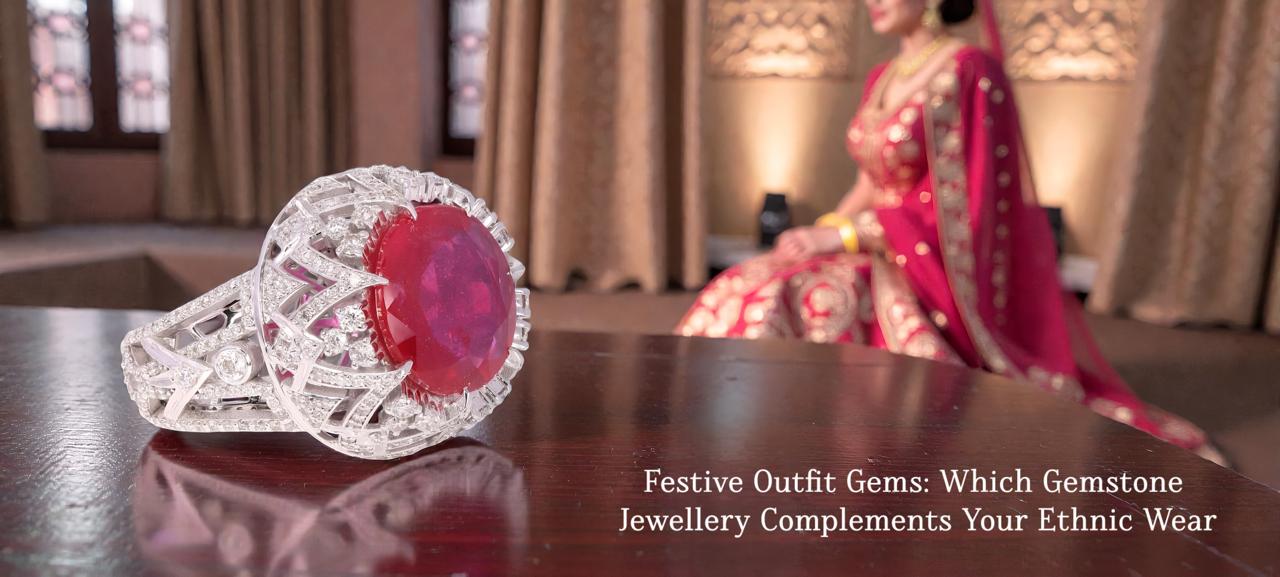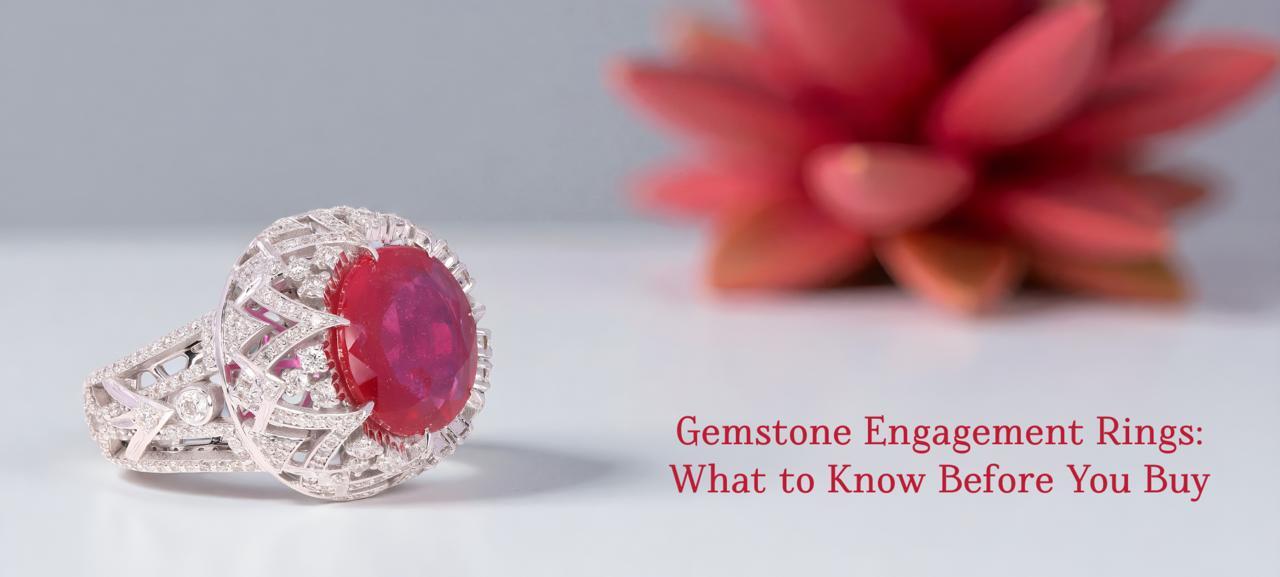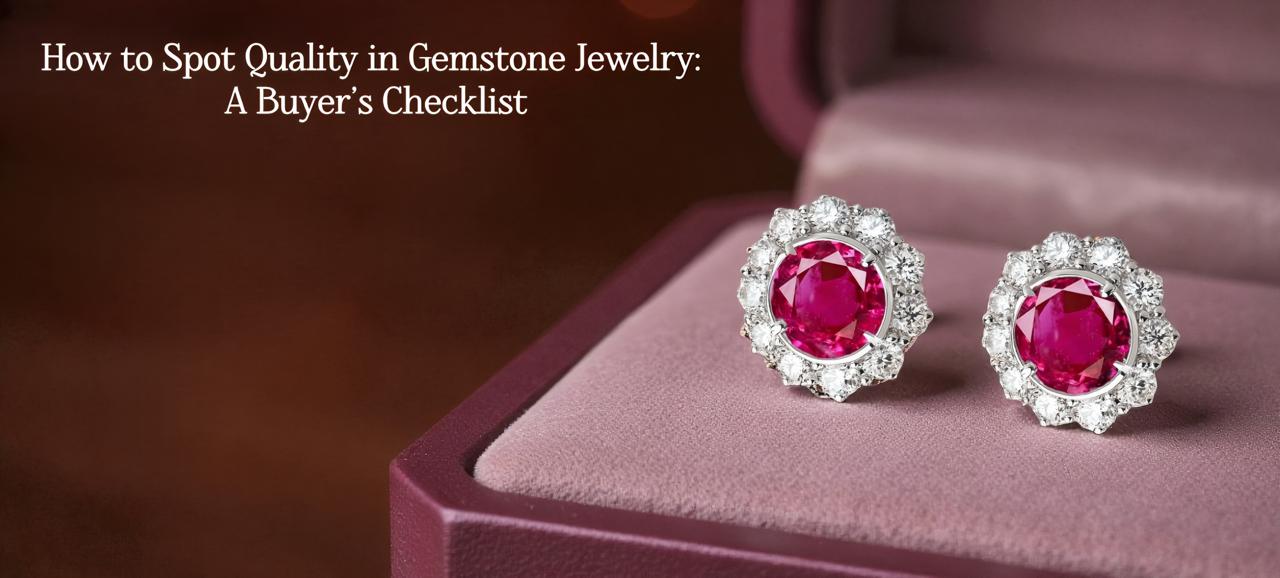 Categories
Categories 
Rubies (also known as Manik stone), the precious red gemstones, are powerful, beautiful and rare. These gems are cherished all over the world for their deep red colour and gorgeous appearance. However, not all rubies are of the same quality. The gems are formed naturally, and different rubies have different colour tones and sizes. Differentiating between the types of rubies is essential when you are looking forward to purchasing this gemstone, as the quality of the gem decides its value. High-quality rubies are the most valuable gemstones, they are one of the most valuable gemstones in the world.
In this blog, we will discuss and explore the aspects that will help you identify a low-quality ruby vs a medium-quality ruby, vs a high-quality ruby.
Rubies are one of the most expensive gemstones in the world today, and according to the experts, it is a great investment to make these days, since in the near future the worth of the gems that are rare will increase rapidly.
Also Know - Sunrise Ruby: Most Expensive Ruby
The distinguishing characteristics of ruby that help to know the quality of the stone are:
Let's discuss one by one how these factors will affect the standard of the rubies.
Read More - Natural Rubies: Extraordinary Powers That Enhance Your Life
Colour is the most important and significant factor that determines the grade of the rubies. Ruby stone are found in red colour which is because of the presence of chromium in the stone. From light red to pale and dark red, the gem is found in different tones and saturation levels.
Let's discuss how the color distinguishes the quality of the stone:
High - Quality Ruby stones have vivid red colours, they are mostly bright red and have excellent saturation. These gems have a medium dark tone, and mostly the colour is evenly distributed throughout the stone. Sometimes, it have a shade of purple in it as well.
Medium-quality fems have less vivid colour their tone is either medium dark or light, and have a secondary hue, so they are like pinkish red, purplish red, blackish red, and orangish red.
The low-quality ruby stones are often dull or pale and have uneven colour and undertones like brown or grey. Their saturation is very weak and lacks vibrancy.
Also read - What Color Ruby Is Most Valuable?
Clarity is the absence of inclusions in a gemstone; the fewer the flaws, the more the clarity. Inclusions are very common in gemstones; they naturally occur and so are acceptable. Some gems have more inclusions than other.
High-quality rubies are considered to the the ones that have more clarity that is up to no visible imperfections. They are ‘eye clean’, which means even if there are any inclusions in the gem, they are not visible to the naked eye.
Medium-quality gems will have fewer inclusions and at places where they are not directly visible to the naked eye.
Low quality are those that have a higher number of inclusions, meaning have less clarity. Clarity affects the transparency and the overall appearance of the gemstone, and hence their value is very low.
Read More - Understanding Gemstone Clarity: What Does It Mean and Why It Matters?
The cut of a gemstone will also affect its quality because it affects the brilliance, colour and overall appearance of the ruby.
A well-cut ruby with precision maximises the look of the stone, it enhances the natural beauty of the gem and showcases the colour and clarity better. Such rubies are considered to be of a high standard. Gems of accurate cut have symmetrical facets and proportions.
Medium-quality ruby stones have minor imperfections in the cut. They might have uneven facets, or inclusions are visible in the facet, or there can be slightly off proportions. They will still be attractive, although they might not exhibit the same brilliance as the high-quality Manik stone .
The low-standard rubies will have a poor cut. They will have very unsymmetrical facets, and the proportions will not be good as well. This will lessen their beauty and increase the risk of scratching the stone.
Further Discover - Gemstone Shapes vs Gemstone Cuts
The origin which the gemstones have been sourced from also influences the value and grade of a gem. Rubies from certain locations, like Burma are highly loved for their natural color and clarity.
Because of the different geographical locations, different regions are known to produce some gems of distinct qualities.
High-quality Manik tones are of good quality and are mostly from Burma, Mozambique and Sri Lanka.
While the medium and low-quality ones can be found all over the world.
The most prestigious location where the best rubies are found is the Mogok Mines in Burma (Myanmar).
Know more about them here - Exploring the Difference Between Old Burma and Burma Ruby .

The treatments done on the gemstones can also affect the ruby stone price and appearance as well as standards.
High-quality Manik stones are those that are not treated at all or have minimal treatments or enhancements done on them.
Medium standard gems often undergo common treatments for the betterment of their overall appearance, like heat treatment.
Low-grade gemstones are heavily treated as they are pale or very dull in colour. The treatments make them look like they are of very good quality. Mostly, these gems are glass-filled, which makes the gem look very promising. However, these enhancements compromise the value as well as the durability of the gemstone.
Explore More - the treatments done on Ruby gemstone
To ensure the quality of the gemstone, the best way is to purchase a certified gemstone. A certification from a renowned laboratory will confirm the originality and authenticity of the gemstone. Plus, the certification or lab report always mentions the colour, clarity, treatments done on it and quality of the gemstone.
You can even verify your gemstone’s lab certification to make sure it is original, know-how here - How to verify your gemological report?

Major Aspects | Low-Quality Ruby | Medium Quality Ruby | High-Quality Ruby |
Colour | Dull colours, unevenly distributed | Slightly less vivid color and often have secondary colors | Bright red or pigeon blood red color; evenly distributed |
Clarity | Less transparency and more inclusion | Slight impact on transparency and slight inclusions | No visible inclusions |
Cut | Poorly cut | Minor imperfections in the cut | Expertly cut; have fine facets & proper proportions |
Read More to Know - How To Determine Ruby Stone Price? Complete Guide

Festive Outfit Gems: Which Gemstone Jewelry Complements Your Ethnic Wear
November 24th, 2025


How to Spot Quality in Gemstone Jewelry: A Buyer’s Checklist
November 17th, 2025